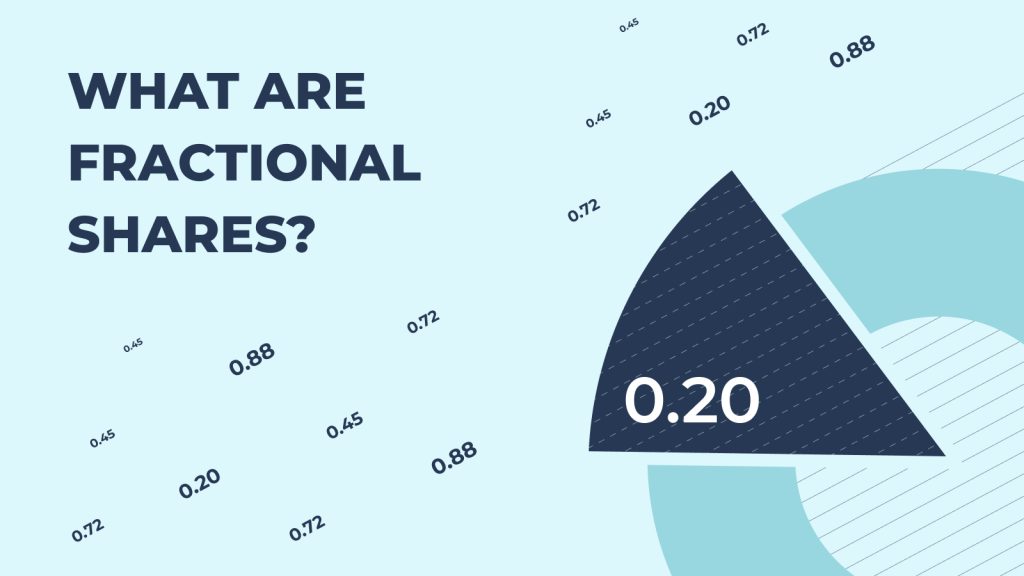Amid pandemic struggles, there’s an unexpected financial story: the typical American household saw a whopping 30% increase in net worth between 2019 and 2021, according to Pew Research Center. But here’s the catch—it wasn’t a win for everyone; the wealthiest gained while others lagged.
Pew’s dive into U.S. Census Bureau data delved into various financial aspects, from assets like stocks and homes to debts like loans and credit card balances. The top 25% of the wealthiest households scored big, boosting their median net worth by over $170,000 and holding a staggering 82% of the country’s wealth in 2021, excluding the top 1%.
Meanwhile, the bottom 25% households faced ongoing debt, though it’s a step up from 2019. The racial wealth gap remains striking, especially for Black households, who carried a median debt of $4,000, highlighting disparities compared to other groups.
This disparity isn’t just about income; it’s woven across all brackets, showing lower-income white households significantly outranking their Black counterparts. Shockingly, while only 11% of the U.S. faced wealth issues or debt in 2021, a whopping 24% of Black households fell into this category.
Factors driving this wealth rollercoaster? Pandemic lifelines like stimulus payments and unemployment benefits eased poverty rates and allowed hefty savings. Also, soaring home prices favored those who already owned property, contributing to this financial wave.
However, the latest trends post-2021 tell a different story: decreasing incomes and reduced savings spending indicate a shift, despite the earlier wealth surge.
This paradox reveals a stark truth—despite significant wealth gains, many Americans feel the pinch, possibly because their economic reality clashes with official figures.
Key Learning Points
Here are the key learning points from this financial story:
- Wealth Surge: The typical American household saw a significant 30% increase in net worth between 2019 and 2021, despite widespread economic dissatisfaction.
- Wealth Disparities: While the wealthiest households gained substantially, poorer households did not experience the same level of growth, leading to a widening wealth gap.
- Distribution Disparities: The top 25% wealthiest households saw a considerable increase, holding 82% of the nation’s wealth in 2021, while the bottom 25% faced ongoing debt.
- Racial Wealth Gap: There are striking disparities among racial groups, notably with Black households encountering higher debt compared to other ethnicities.
- Discontent Despite Gains: Even with significant wealth accumulation, many Americans express discontent, possibly due to persistent economic struggles and disparities.
- Factors Behind Wealth Changes: Pandemic-driven financial aids, like stimulus payments and unemployment benefits, played a role in reducing poverty and enabling savings. Surging home prices also favored wealthier homeowners.
- Post-2021 Trends: Recent trends indicate a shift, with decreasing incomes and reduced savings spending, suggesting a changing economic landscape despite earlier wealth gains.
- Perception versus Reality: Despite significant wealth growth, many Americans perceive their economic situation negatively, highlighting a disconnect between personal experiences and official data.
Relevant financial story article: Global Debt Reaches Record $307 Trillion in 2023, According to Institute of International Finance


















